Precooled F-100 Engine Combined with Ramjet for Hypersonic Drone and Jets
By Brian Wang
The startup Hermeus is rapidly developing a hypersonic plane. They have begun testing their proprietary precooler technology with the Pratt & Whitney F100 engine. This video highlights some of our favorite camera angles from testing.
What's a precooler and why are they testing it? The Hermeus precooler increases the maximum speed of the turbine engine by lowering the temperature of incoming air. This is the first major propulsion milestone for their next aircraft, Quarterhorse Mk 2, which will utilize this engine configuration and fly at supersonic speeds.
Quarterhorse Mk 2 will fly with this precooler-F100 engine combination and be capable of hitting speeds greater than Mach 2.5. The entire Chimera engine, which includes a ramjet, will power Hermeus’ following aircraft, Quarterhorse Mk 3. This aircraft will reach speeds close to Mach 4 and pave the way for future Hermeus aircraft that will fly at hypersonic speeds.
At low speeds, Chimera is in turbojet mode – just like any jet aircraft. At higher speeds, Chimera bypasses the incoming air around the turbojet and the ramjet takes over completely. Chimera utilizes readily available off-the-shelf gas turbine engines – saving Hermeus billions of dollars' worth of development and years of schedule.
Most hypersonic platforms are powered by a rocket engine – which limits operability, maintainability, and reliability.
Quarterhorse Development Timeline:
Mk 1: The first flyable version of Quarterhorse, Mk 1, is set for flight tests later in 2024. These tests will focus on high-speed takeoffs and landings
Mk 2: Scheduled for 2025, Mk 2 will be powered by a Pratt & Whitney F100 engine, enabling supersonic flight. This version will serve as a precursor to the full hypersonic capabilities planned for future iterations
Mk 3: Expected to be developed by 2026, Mk 3 will incorporate Hermeus' Chimera II propulsion system, which includes a modified F100 engine. This version aims to achieve speeds faster than Mach 3.3, supporting Defense Department testing
Darkhorse Development Timeline:
Following the Quarterhorse program, Hermeus plans to develop Darkhorse, an uncrewed hypersonic system intended for mass production for military applications. The timeline for Darkhorse is set to follow the completion of the Quarterhorse Mk 3.
After the Darkhorse drones, the plan is create the hypersonic passenger jet, Halcyon.
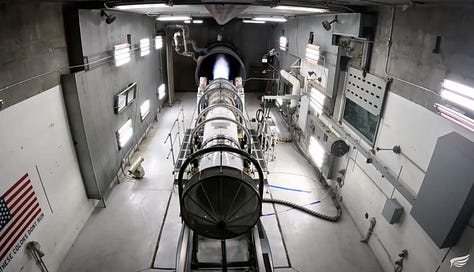
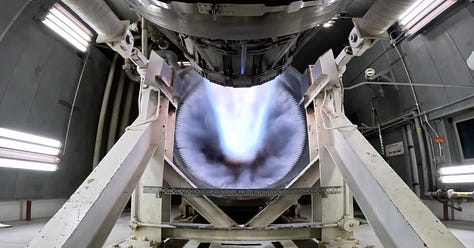



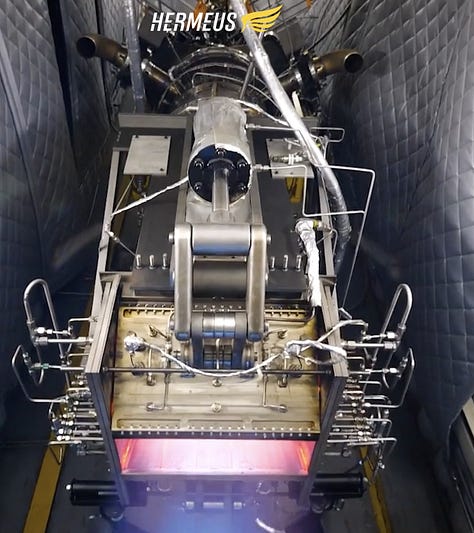




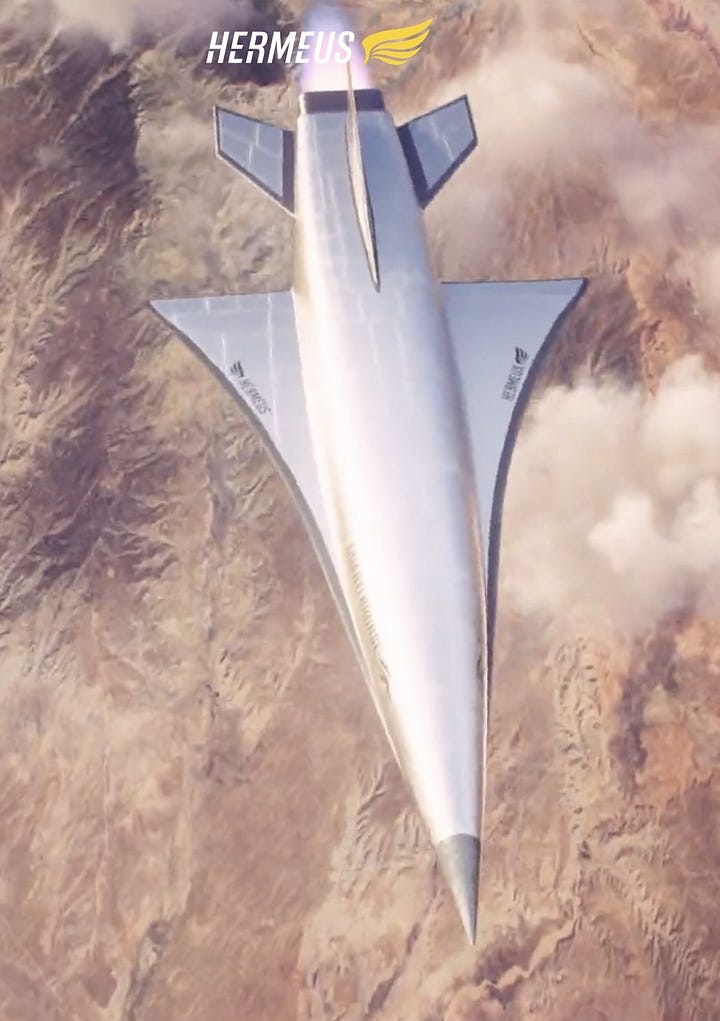
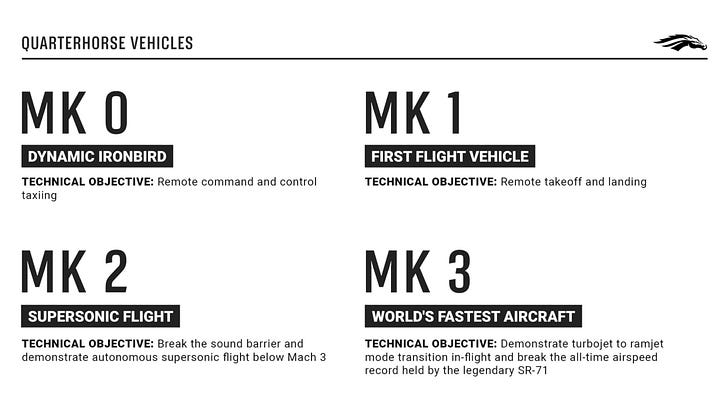

Hermeus' approach involves building one test vehicle per year, refining processes, and pushing technological boundaries to achieve hypersonic flight capabilities.
“Airbreathing engines are critical to Hermeus’ goal of operationalizing hypersonic aircraft,” said Hermeus Co-Founder and Chief Technologist, Glenn Case. “By making a full-range, air-breathing hypersonic engine, Hermeus is setting the stage for aircraft that are capable of taking off from a regular runway and accelerating up to hypersonic speeds. No rockets or motherships required.”
The precooler is part of their larger turbine-based combined cycle (TBCC) engine. Their TBCC engine, named Chimera, is a full-range, air-breathing hypersonic engine combining a turbine with a ramjet. At low speeds Chimera operates in turbine mode with the F100 engine, while at higher speeds the engine transitions to ramjet mode. The precooler helps bridge the gap between these two modes of operations by increasing the performance of the turbine.
Keep reading with a 7-day free trial
Subscribe to next BIG future to keep reading this post and get 7 days of free access to the full post archives.


